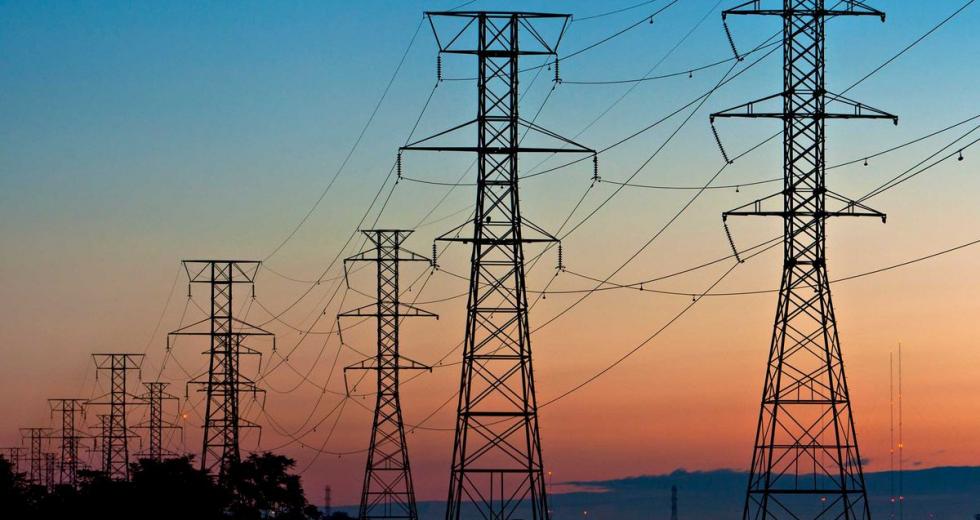The biggest natural gas leak in U.S. history led to a boom in large-scale energy-storage systems, the technology that’s long considered the elusive link to integrating solar and wind power into electric grids.
U.S. homes and businesses — primarily utilities — installed storage systems with 336 megawatt-hours of capacity in 2016, double the amount from the previous year, according to a study released March 4, by GTM Research and the Energy Storage Association. That’s about enough batteries to power a city the size of San Diego for an hour.
The majority of the installments came during the last three months of the year, as Sempra Energy’s San Diego Gas & Electric and Edison International’s Southern California Edison turned to powerful batteries to make up for anticipated electricity shortfalls stemming from the Aliso Canyon gas leak. The result is that California, which has a goal to install 1.3 gigawatts worth of batteries by 2020, now has more energy storage capacity than any other region of the U.S.
“The fourth quarter marked a turning point,” Ravi Manghani, GTM Research’s director of energy storage, said in a statement. “California will play a significant role in the future as utilities there continue to contract energy storage.”
Longer Charges
Developers have installed 643 megawatts of energy-storage projects in the U.S. since 2010, according to Bloomberg New Energy Finance. The increase comes as power companies struggle to incorporate energy from wind and solar farms, where production ebbs and flows based on unpredictable breezes and sunshine.
Revenue from the U.S. energy-storage market will grow fivefold, from $664 million this year to $3.3 billion in 2022, according to GTM, a Boston-based market renewable-energy research company.
Another key shift in 2016 was that developers installed big batteries that can hold their charges longer than previous systems. While installations were about flat in terms of megawatts added, the increased duration meant that the market doubled in terms of megawatt-hours. Storage systems can be measured by the amount of power that can be retained and discharged, and the length of time the systems can deliver that amount of power.
Nearly all the systems installed last year used lithium ion batteries, according to GTM. The study didn’t include pumped-storage hydroelectricity systems, which draw water to hilltop reservoirs and then releases it later to power electric generators.



